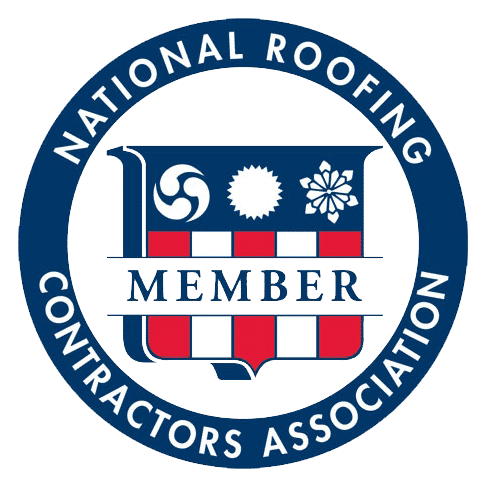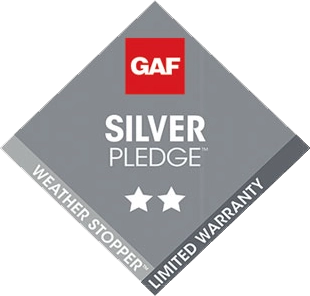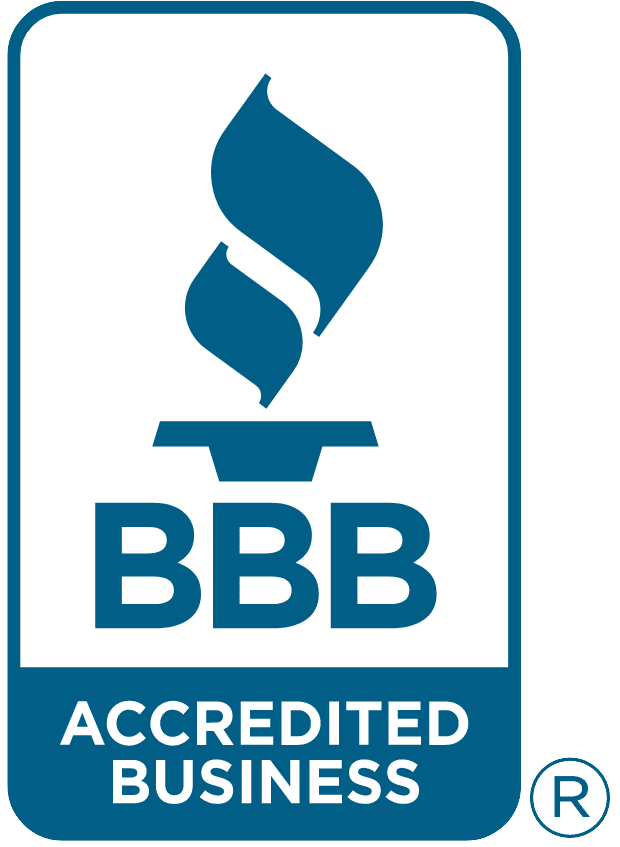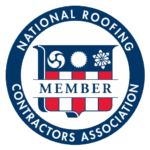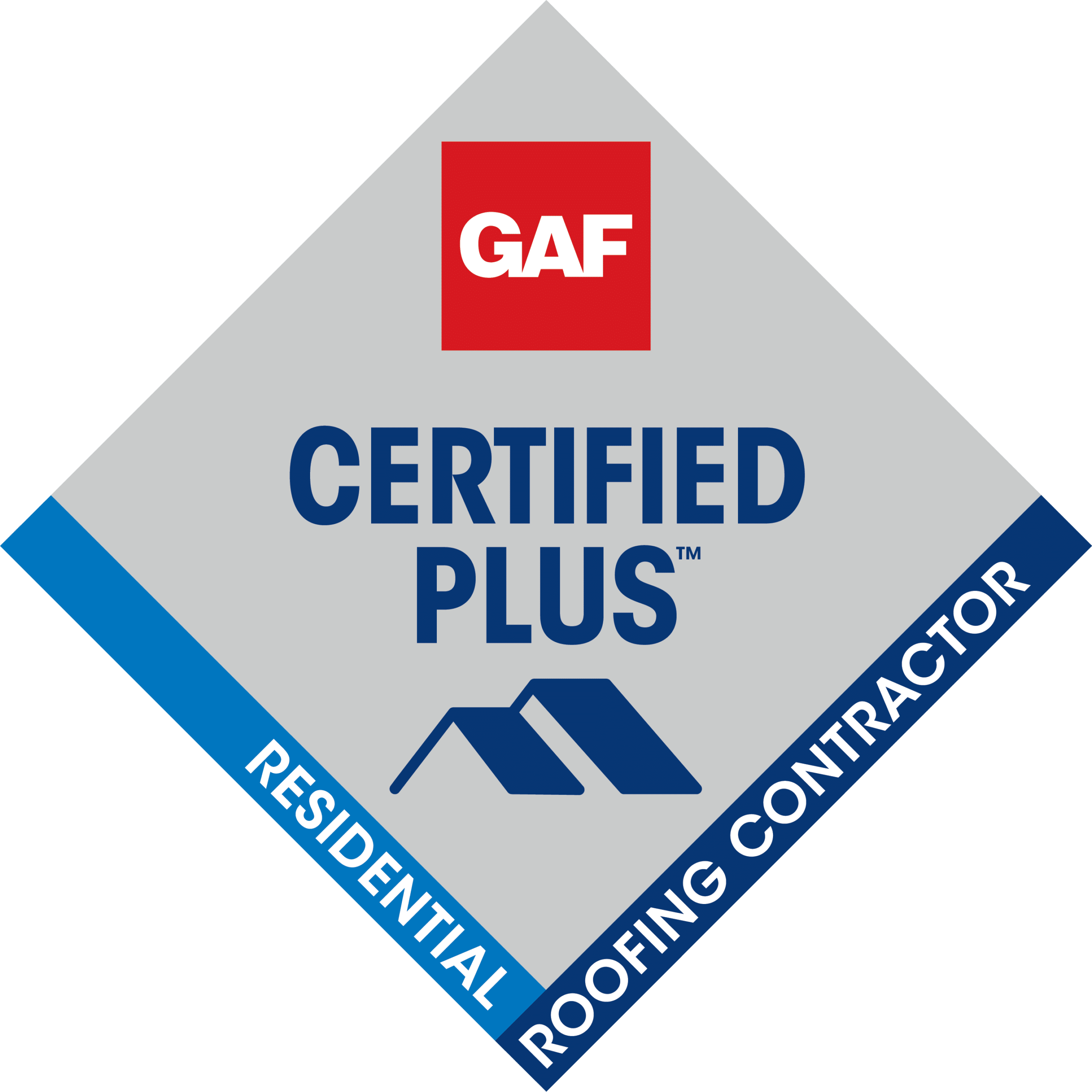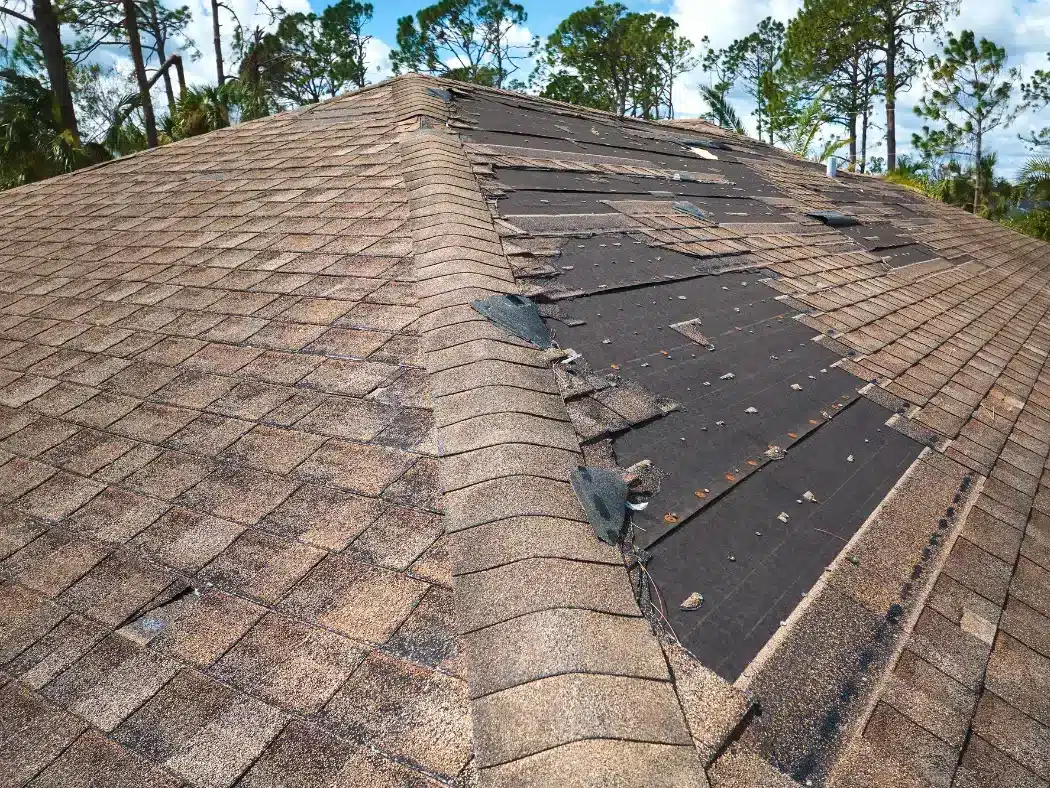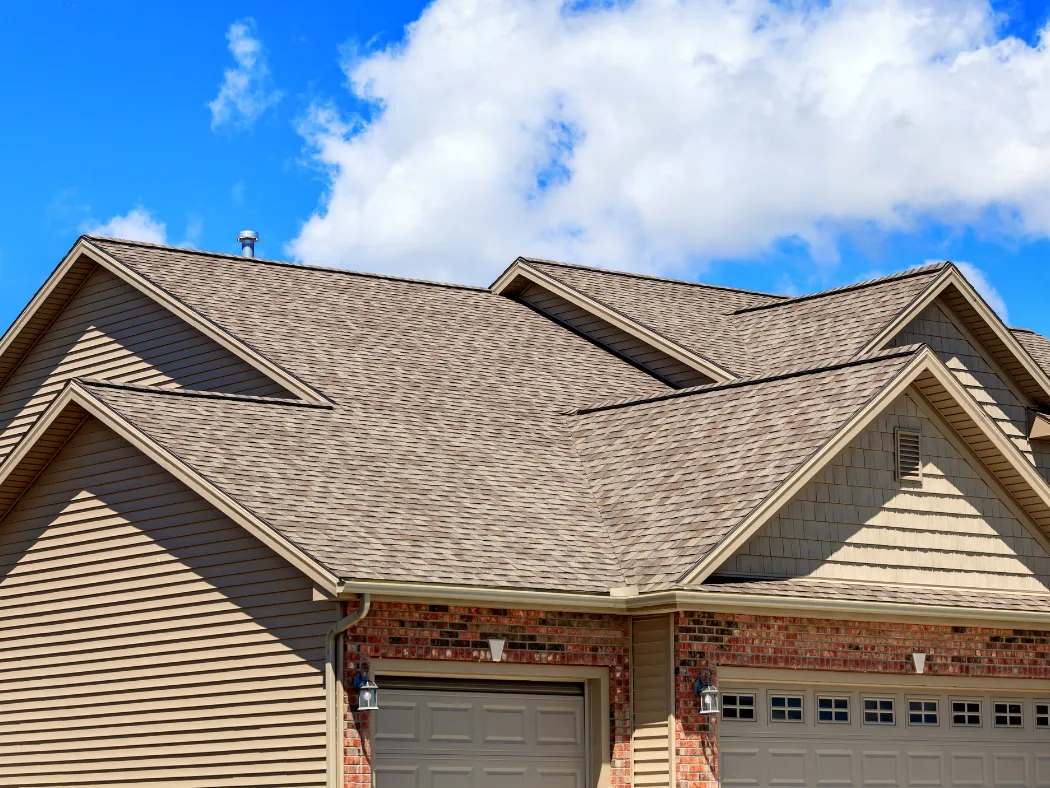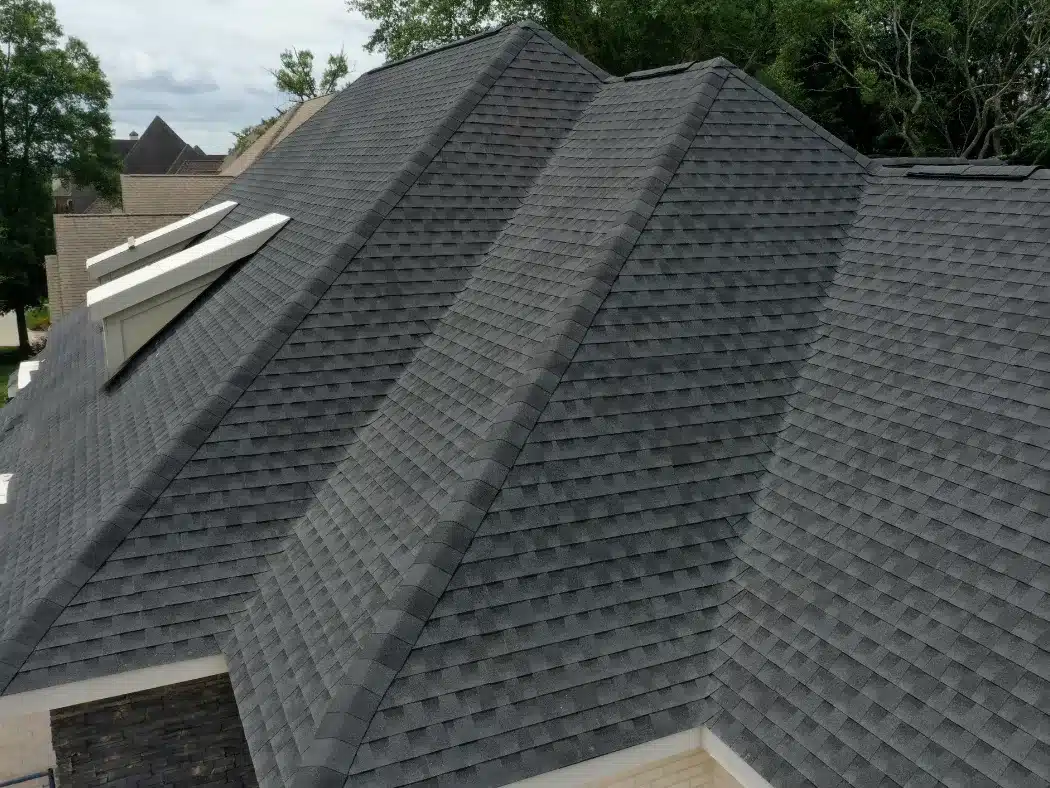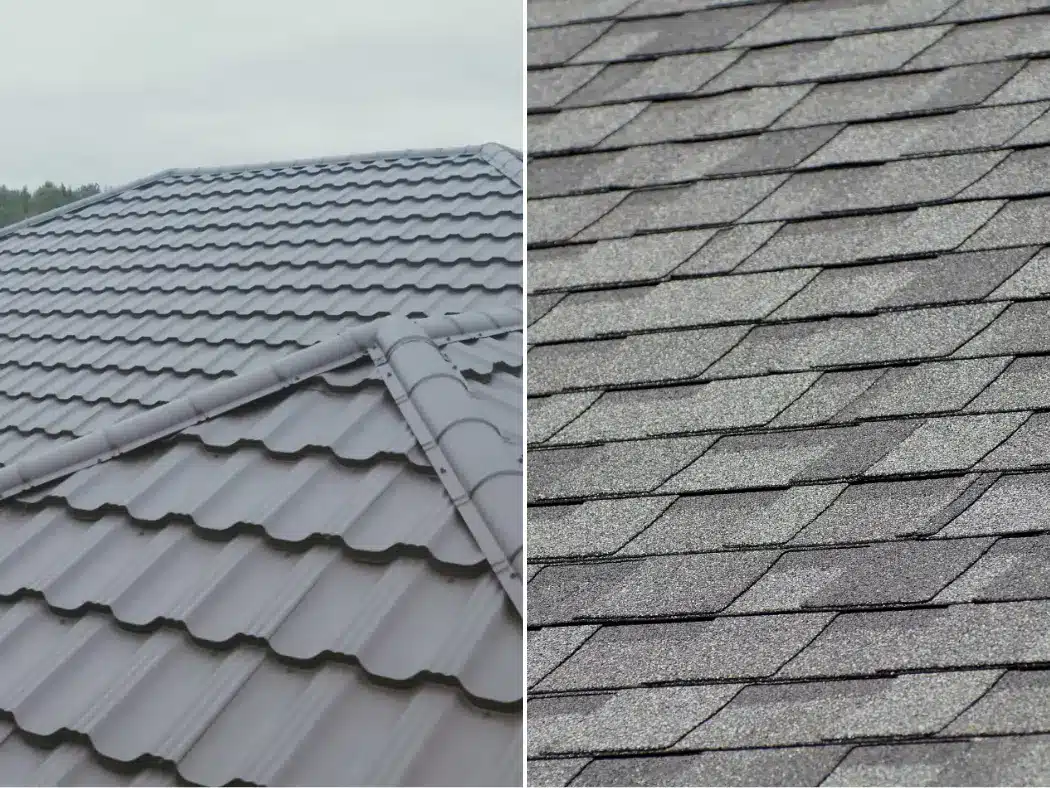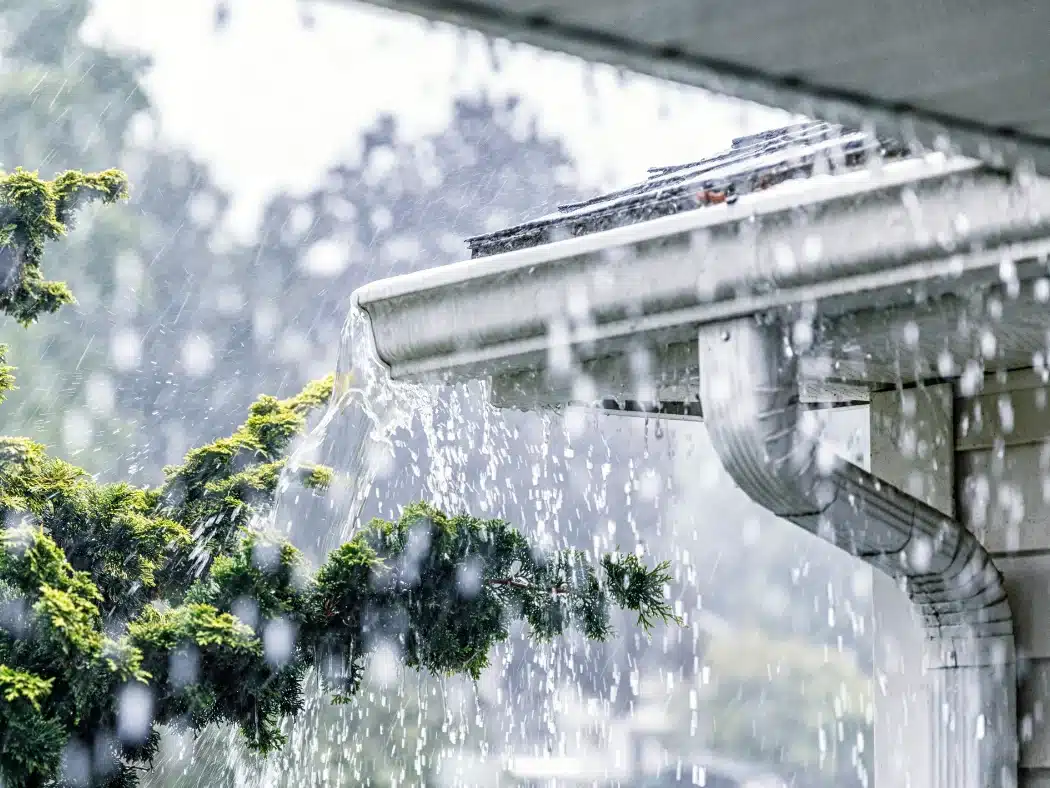It’s every homeowner’s nightmare – waking up the morning after a severe weather event to find that you have a leak in your roofing system. A small leak can disrupt your entire life, from unexpected puddles to the stress of potential damage to your home and belongings. Below are the most common causes of roof leaks and how to prevent them.
Signs of a Roof Leak
If you notice water collecting around your air vents, peeling paint, or water stains in the interior of your home, it may be a sign of a leak in your roofing system. From the exterior, this may look like curling roofing shingles, discolored sealants, or dislodged shingle granules. It’s possible to have a leak in your roofing system and not be able to see any visible signs. This is why routine roofing inspections are essential.
Common Causes of Roof Leaks
A leak in your roof system can be caused by a myriad of factors, ranging from isolated storm damage to general wear and tear of roofing materials over time.
Gutters
One of the most common culprits for a leaky roof is clogged gutters. Gutters and downspouts, when functioning as intended, carry water away from your home’s foundation. Water will collect on your roof if they are clogged, dented, or broken.
Damaged Roofing Materials
Missing or damaged roofing shingles can make your roof vulnerable to rain penetrating your roofing membrane, allowing water to leak into the interior of your home.
Cracked Flashing
Another vulnerable area in your roofing system is the metal flashing surrounding your chimney, skylights, and roof vents. If this area is cracked or rusted, water can more easily enter your roofing system.
How to Prevent Roof Leaks
Roof Inspections
Prevention is key when it comes to keeping water out of your home. Schedule annual roofing inspections with a reputable residential roofing contractor to assess your roofing system for signs of damage. During an inspection, a roofing contractor will ensure your gutters and downspouts are clean, your flashing is in good shape, and the structural integrity of your roofing system is sound. They will also check that your attic is well-insulated to prevent ice dams, which can occur when warm air from the attic melts snow on the roof, causing it to refreeze at the eaves and block drainage.
Roof Repairs
If you notice any signs of damage in between inspections or if a particularly damaging storm has impacted your home, call on a professional to assess your roofing system. In addition to regular maintenance, you can prevent the accumulation of water-clogging debris by trimming nearby trees and installing gutter guards. If your roof needs repairs, it’s essential to make them quickly before problems can escalate into more complex and expensive issues.
Roof Installation
If your roof is over 20 years old and needs costly repairs, it may be time to consider installing a new one. One of the best ways to proactively safeguard your home against roofing leaks and repairs is to ensure your roof is correctly installed by trustworthy roofing professionals who have experience in your area. While a new roof is an investment, it will increase your home’s value, keep you safe, help you save on monthly energy bills, and prevent costly repairs in the long term.
Preventing roof leaks is essential to maintaining the integrity of your home and avoiding costly repairs. By following these preventive measures, you can significantly reduce the risk of roof leaks and extend the lifespan of your roof from damaged materials, clogged gutters, and cracked flashing. Are you looking for a reliable residential roofing expert in Gulf Coast, Texas? WorleyByrd is the word! Contact us to schedule an inspection.

